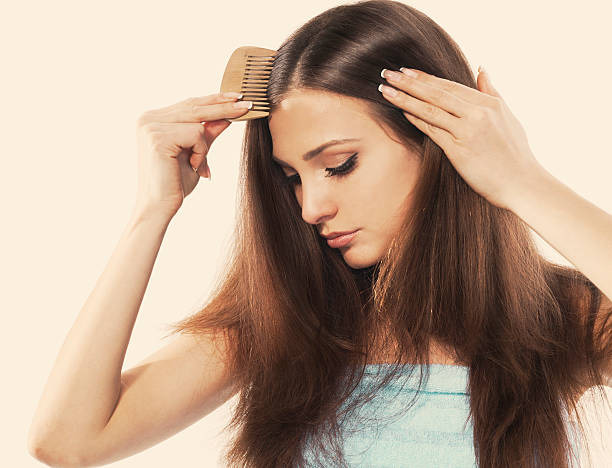Do you have hair loss? Let Us to Help You
PRP (platelet-rich plasma) for hair is a treatment that promotes hair growth and improves the health of hair follicles by using the patient's own blood. PRP comprises a high concentration of platelets, which are blood cells that play an important part in healing and regeneration.
A tiny amount of blood is collected from the patient during a PRP hair treatment and then processed to separate the platelets from the rest of the blood components. The platelet-rich plasma that results is then injected directly into the scalp, where it can stimulate hair follicles and promote new hair growth.
PRP for hair is thought to function by releasing growth factors that aid in increasing blood flow to hair follicles, decreasing inflammation, and promoting the regeneration of damaged hair follicles. It can be used to treat androgenetic alopecia (male or female pattern baldness), alopecia areata (patchy hair loss), and telogen effluvium (temporary hair loss induced by stress or hormonal changes).
PRP for hair is a minimally invasive treatment that can be done in a medical facility. To attain the desired outcomes, many sessions spaced several weeks apart are usually required. Although the treatment is generally regarded safe, some slight discomfort and brief swelling at the injection site may occur.
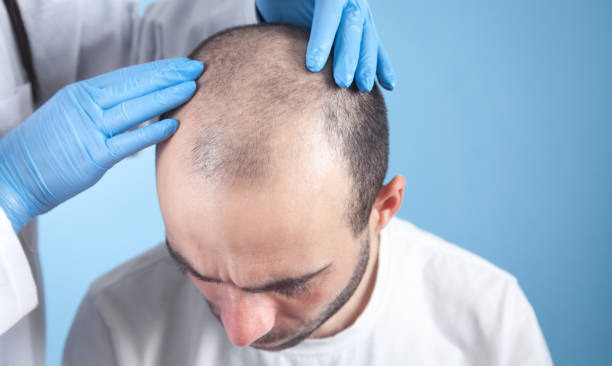

Post Hair Transplant.
PRP Treatment For Hair After Hair Transplant Can Improve Results
PRP (platelet-rich plasma) therapy can be utilised following hair transplant surgery to boost healing and hair development. Following a hair transplant, the transplanted hair follicles go through a healing period during which they are especially prone to damage and may not regenerate right away.
PRP therapy can aid in the recovery process and increase the quality of hair growth.
After a hair transplant, PRP treatment normally entails injecting PRP directly into the scalp in the locations where the hair follicles are transplanted. The PRP solution can aid in the formation of new blood vessels as well as the formation of new hair follicles. It can also aid in the reduction of inflammation and the promotion of quicker recovery.
The precise timing and frequency of PRP treatment following a hair transplant may differ based on the individual and the specifics of their procedure. Patients may benefit from one or more PRP treatments in the weeks or months following their hair transplant surgery.
It's vital to note that PRP treatment isn't a guarantee for hair growth following a hair transplant, and results can vary based on a number of factors, including the individual's age, overall health, and the specifics of their hair loss issue. It's advisable to speak with a medical practitioner who specialises in hair restoration to see if PRP treatment is a good fit for your needs.
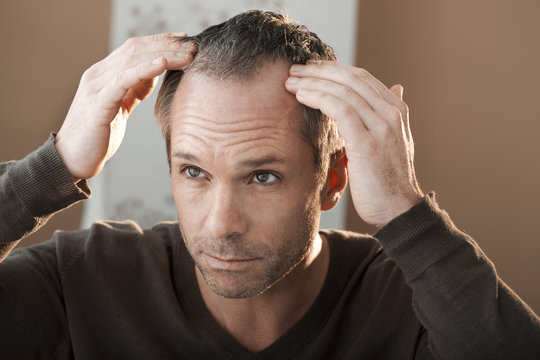

Postmenopausal PRP Hair Treatment
PRP Can Improve Your Hair
PRP (platelet-rich plasma) hair therapy may be an option for women experiencing hair loss or thinning following menopause. Menopause is a natural aspect of ageing that involves hormonal changes in women, which in certain circumstances can result in hair loss or thinning. PRP hair therapy can boost hair growth and enhance hair follicle health, which may be especially advantageous for women experiencing hair loss after menopause.
A little sample of the patient's blood is extracted for a PRP hair treatment, and it is processed to separate the platelets from the other blood constituents. Injecting the resulting platelet-rich plasma into the scalp will stimulate the hair follicles and encourage the creation of new hair.
After menopause, PRP hair treatment could need more than one session to produce the desired outcomes because the hair loss might be more severe and call for a more forceful course of action. It is to keep in mind that PRP treatment is not a guaranteed for hair growth, and outcomes can differ based on a number of variables, including the patient's age, general health, and the specifics of their hair loss issue.
If you want to know if PRP hair treatment is a good choice for your unique needs after menopause, it's important to speak with a medical specialist in hair restoration. They can assist in determining the severity of your hair loss and suggest a customised treatment strategy that may include PRP therapy or other alternatives, such prescription drugs or hair transplantation.
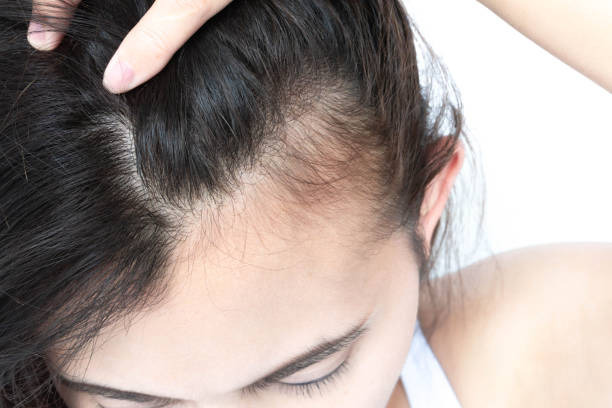

Male Pattern Baldness PRP Hair Treatment
Reverses the Signs of Ageing
Male pattern baldness, also known as androgenetic alopecia, is a frequent kind of hair loss that affects males. PRP (platelet-rich plasma) hair therapy may be an effective alternative in treating this condition. Male pattern baldness can result in a receding hairline, thinning hair, and baldness at the top of the head and is brought on by a combination of hereditary and hormonal causes.
By increasing blood flow to the scalp and encouraging the formation of new hair cells, PRP hair treatment can aid in stimulating hair growth and enhancing the health of hair follicles. A tiny amount of the patient's blood is collected during the procedure and processed to separate the platelets from the other blood constituents. After that, the scalp's balding patches are given injections of the resulting platelet-rich plasma.
To obtain the desired outcomes, PRP hair therapy for male pattern baldness often requires numerous sessions, spaced several weeks apart. The procedure is generally regarded as safe, however there may be some minor pain and brief swelling where the injection took place.
It's crucial to remember that PRP treatment is not a guarantee against male pattern baldness, and outcomes can differ based on the patient's age, general health, and the particulars of their hair loss issue.To find out if PRP hair treatment is a good fit for your particular needs, it is best to speak with a medical specialist in hair restoration. They can assist in determining the severity of your hair loss and suggest a customised treatment strategy that may include PRP therapy or other alternatives, such prescription drugs or hair transplantation.
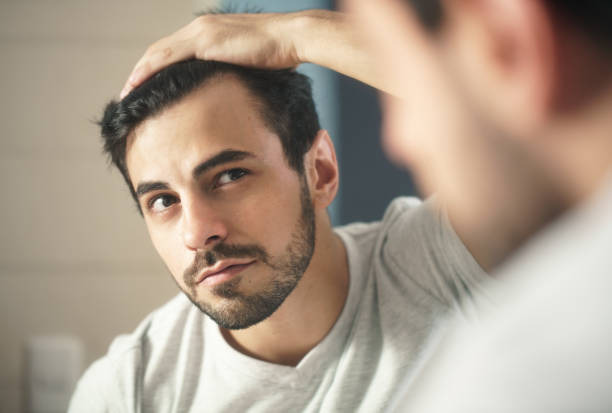

Treatment with PRP for Alopecia
Regain Your Confidence
Certain kinds of alopecia, a disorder that results in hair loss or thinning, may respond well to PRP (platelet-rich plasma) hair treatments. Numerous variables, like as autoimmune diseases, stress, dietary deficits, and genetic factors, might contribute to alopecia.
By increasing blood flow to the scalp and encouraging the formation of new hair cells, PRP hair treatment can aid in stimulating hair growth and enhancing the health of hair follicles. A tiny amount of the patient's blood is collected during the procedure and processed to separate the platelets from the other blood constituents. After that, the scalp's balding patches are given injections of the resulting platelet-rich plasma.
To obtain the desired results, PRP hair treatment for alopecia often requires numerous treatments, spaced several weeks apart. The procedure is generally regarded as safe, however there may be some minor pain and brief swelling where the injection was made.
The effects of PRP treatment can vary depending on the underlying reason of the hair loss, so it's important to keep in mind that PRP treatment is not a definite cure for all forms of alopecia. To find out if PRP hair treatment is a good fit for your particular needs, it is best to speak with a medical specialist in hair restoration. They can assist in determining the severity of your hair loss and suggest a customised treatment strategy that may include PRP therapy or other alternatives, such prescription drugs or hair transplantation.
